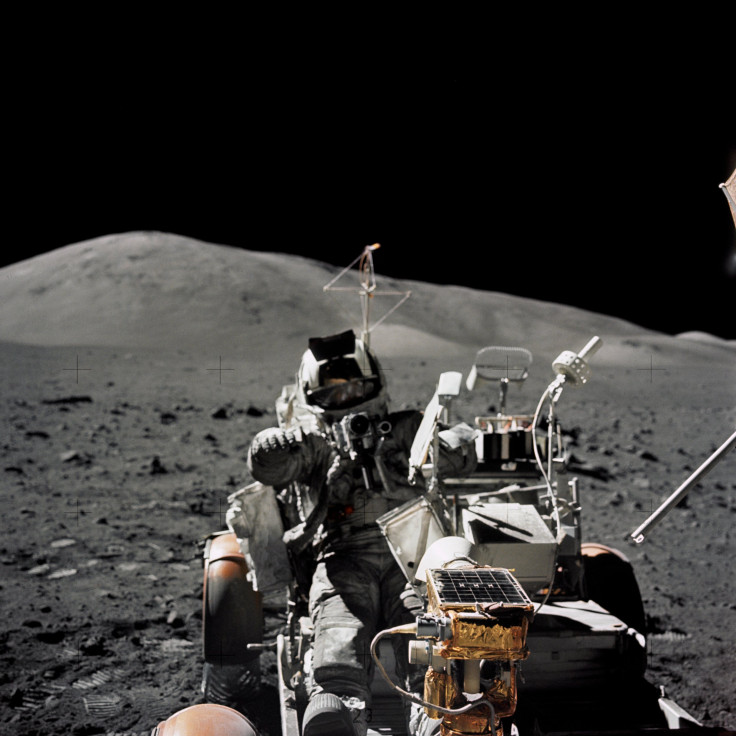NASA Apollo 17 Astronaut Reveals Important Factor For Moon Base To Succeed

KEY POINTS
- Former NASA astronaut appears as a guest for "Houston We Have A Podcast"
- Apollo 17 astronaut Harrison Schmitt discusses the benefits of Helium 3
- Harrison Schmitt explains how Helium 3 will help Moon base to succeed
A former NASA astronaut who participated in the Apollo 17 mission revealed what it would take for a settlement on the Moon to succeed. According to the astronaut, it has something to do with mining the Moon for a precious resource that can be used for fusion power.
The revelation was made by Harrison Schmitt, the astronaut who participated in NASA's last mission for the Apollo program. He is often regarded as the first geologist to step on the Moon.
During the recent episode of NASA’s “Houston We Have A Podcast,” Schmitt looked back on his experiences as part of the Apollo 17 mission and how expeditions to the Moon are helping prepare the agency for its next spaceflight program known as Artemis.
According to Schmitt, previous missions to the Moon uncovered valuable information that can help NASA’s plans in establishing a human settlement on the lunar surface. As noted by the former astronaut, one of the most important elements that was discovered on the Moon is a light isotope known as Helium 3.
Schmitt explained that Helium 3 can be used as fuel to achieve fusion power, which is very efficient and more practical to use than other sources of energy.
“There is a light isotope of helium called Helium 3 that is the only resource that we know about on the Moon that potentially can be of great value here on Earth,” he said during the podcast. “It is an ideal fuel for fusion power, produces no radioactive residuals of any kind, but produces electrical power at very high efficiency when fused with itself, or with the heavy isotope of hydrogen called deuterium.”
According to Schmitt, if NASA focuses on extracting Helium 3 from the Moon, then a lunar settlement would have an economic reason to continue operating. Also, the commercial benefits of Helium 3 would guarantee support from government agencies and private firms for the settlement.
“If, indeed, Helium 3 fusion can be developed here on Earth as a commercially viable source of electrical power, then a settlement on the Moon has an economic reason to exist,” Schmitt explained. “And I feel actually confident that that's going to happen someday.”
Using Helium 3 for fusion power could also provide NASA with the necessary resource to explore other planets such as Mars. If the agency is able to establish a settlement on the Moon and build a facility that can convert the isotope into fuel, then it could serve as a jumping point for other space exploration projects.
© Copyright IBTimes 2025. All rights reserved.





















